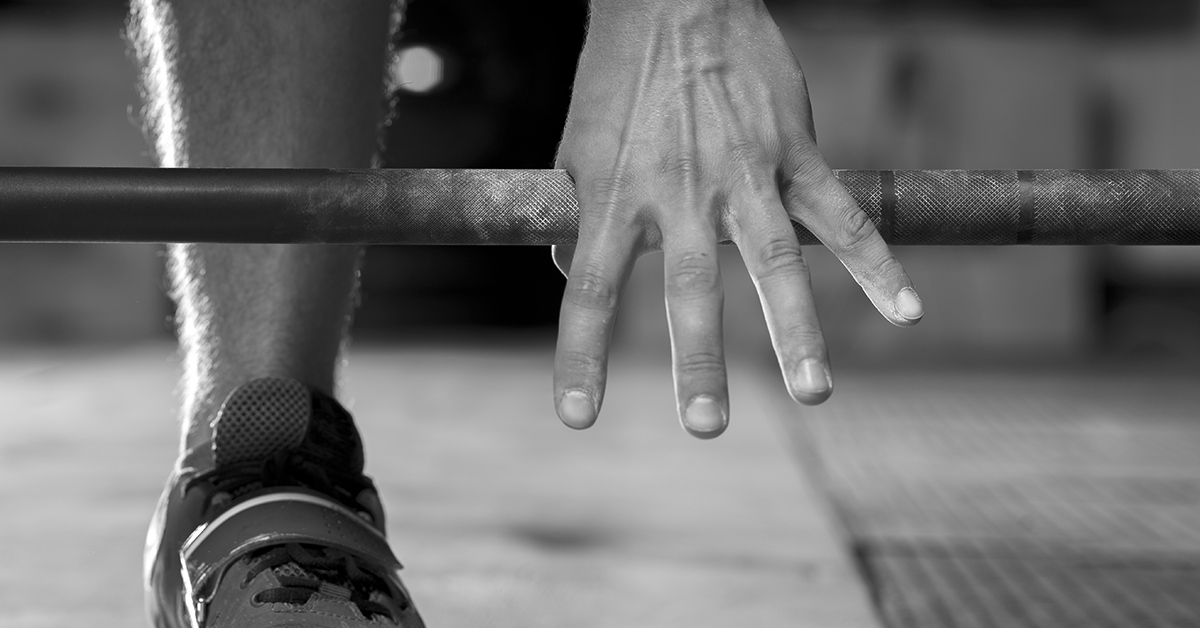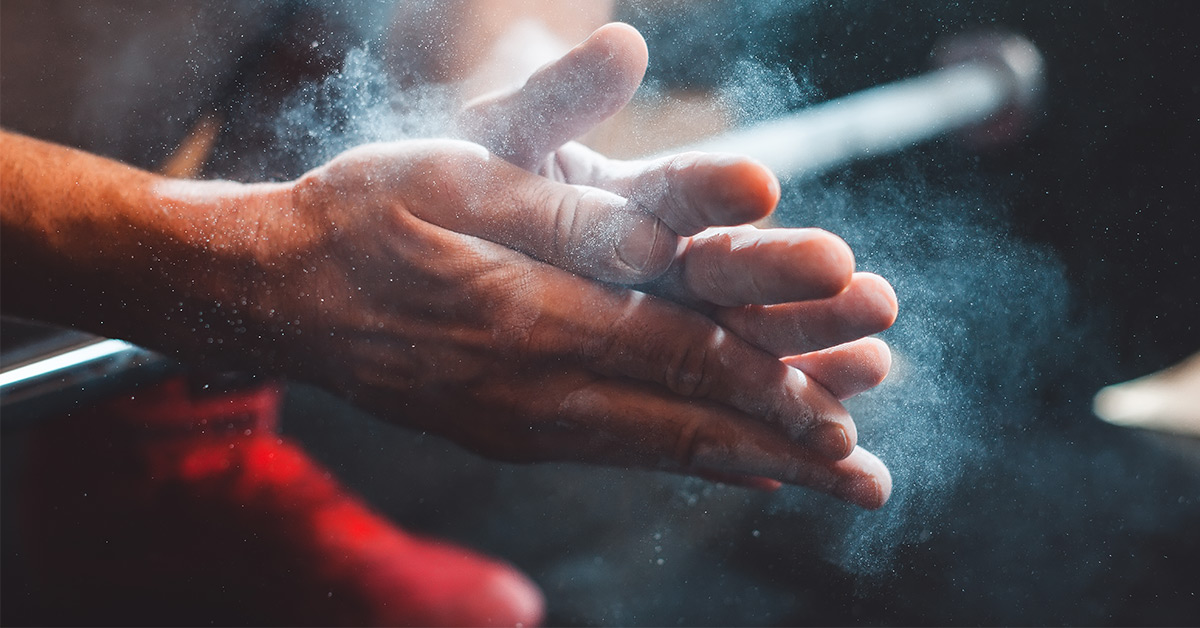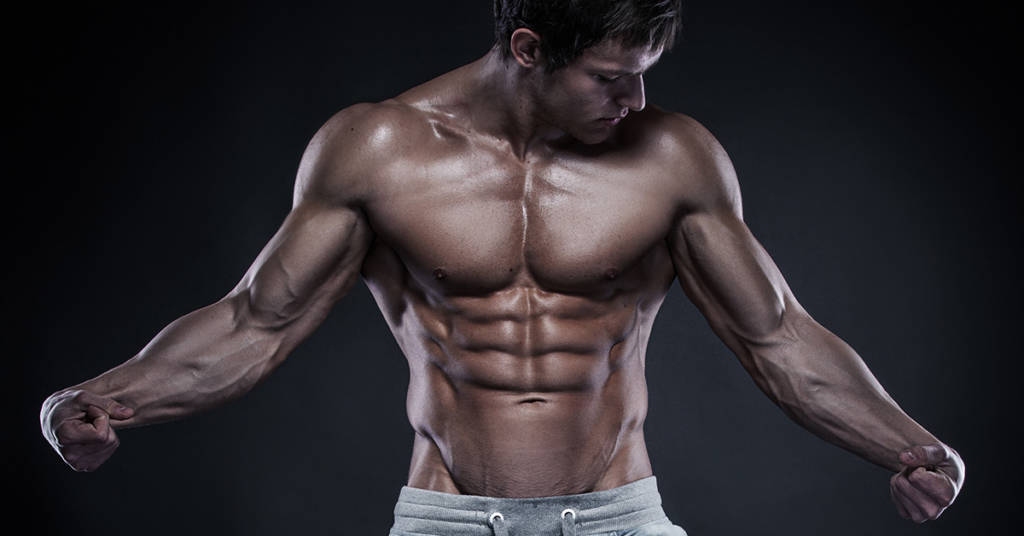Here we are, the very last article in this series. Today we are going to talk about the forearms. A muscle group that some say is sufficiently stimulated in both men and women during masturbation, but since I would like to keep this article professional and otherwise it would also be a very short article (especially for most men) I would like to work with you see how the forearm works and how we can train it optimally.
Well-developed forearms are certainly important, as grip strength can sometimes be a limiting factor in training. In addition, a physical person can have such impressive upper arms, if there are sticks from forearms hanging from it, you still look foolish.
ANATOMY OF THE FOREARMS
The forearm is one of, if not the most complex muscle group we’ve covered in this entire series; the forearm consists of about 20 muscles that perform actions between the elbow joint and the wrist; actions over the fingers, the wrist and even over bending the elbow.
The front view of the forearm (the ‘bottom’ or anterior) looks very different in terms of muscle structure from the rear view (the ‘top’ or posterior). This also makes sense, since the functions of the muscles on both sides are completely different.
On the anterior side there are long, thin muscles that control and close the fingers, which are a lot stronger than the antagonists on the posterior side (is it easier to keep your hand closed against resistance, or keep it open?) these muscles contribute to wrist flexion.
To keep this article clear and not to get too absorbed in small details that hardly matter for hypertrophy, we will mainly focus on the following functions: Closing the hand (finger flexion) and bending and extending the wrist ( flexion and extension).
FEATURES OF THE FOREARMS
The muscles on the anterior side provide wrist flexion and finger flexion. The muscles on the posterior side provide wrist extension and finger extension. In addition, there are also muscles in the forearm that contribute to adbuction and adduction of the wrist.
Yes, you read that correctly. The muscles that move your fingers are not in your fingers or in your hand, but in the forearm. This makes sense, since the fingers would have been a lot thicker otherwise (and I already have those thick sausages). Would be super clumsy with keyboards and phones.
Precisely for this reason, heavy grip exercises are a great workout for the forearms; the hand must remain closed because otherwise the weights will slide out of your hands; therefore, the muscles in your forearm will have to contract isometrically.
A number of the muscles in your forearm also provide elbow flexion (like the biceps, among others) and pronation.
DE BRACHIORADIALIS
The main muscle with this function is the brachioradialis and this is also one of the main muscles that gives mass to the forearm. Those huge muscle bellies on Phil Heath’s forearms? That yes.
Since this muscle does not extend over the wrist joint, but only over the elbow joint, this muscle will not contribute to wrist flexion or extension. However, he is active in elbow flexion, both in pronation, neutral grip and supination. Since the biceps is strongest in supination, we will soon be able to use this knowledge for optimal training.
Because the forearms are so active with heavy compounds (and especially pulling exercises for the back), it is certainly possible to make considerable progress on the forearms without any isolation work.
However, there are specific studies that show that even when heavy compounds are in the training schedule, isolating the forearms still provides added value for strength and hypertrophy.

THE OPTIMAL TRAINING OF THE FOREARMS
Many people believe that isolating the forearms is not necessary when doing strenuous back exercises. After all, with all back exercises, the hands must be closed to pull the weight. This stimulates the muscles in the forearms.
If your forearms are properly aligned with your upper arms, you may not need to turn extra volume for your forearms. Forearms are not too muscular, however, and give a powerful appearance to your physique.
Since the biceps and the brachioradialis, among other things, both provide elbow flexion, but the biceps in supination is the strongest (and can therefore do more work), we want to put the biceps at a disadvantage so that the brachioradialis has to do relatively more work. For this reason, this muscle is most stimulated in pronation (palms down). The brachioradialis also works optimally in the upper part of the range of motion. That while the biceps is a bit more efficient and the midrange / a bit lower.
For that reason, the brachioradialis can be optimally trained with reverse grip curls. This especially with partials in the top part of the range of motion.
Hammer curls are often claimed to appeal to the forearms more, but the biceps still work a lot with this.
In addition, it is advisable to add at least 1 wrist flexion and 1 wrist extension movement to your training schedule, as these movements hardly occur during other exercises. Think of dumbbel wrist curls and reverse wrist curls.
GRIP STRENGTH
If you are not doing heavy pulling exercises, it is definitely recommended to add a grip exercise to your routine. Think of a farmers walk, deadholds, or a plate pinch.
Adding fat grips can offer added value for your forearms, but often the focus shifts from the main goal of that exercise (namely hypertrophy of the back, for example) because you have to focus on the squeezing itself. I wouldn’t recommend adding fat grips to your deadlifts or pulldowns.
REPS, VOLUME AND FREQUENCY
The wrist curls are best taken in a slightly higher reprange (10 to 20 reps) because of the somewhat weaker wrist weight and the eye on injuries.
Finally, research shows that a higher training frequency is not necessarily better; In this study I am now aiming at, training the forearms 3 times a week was compared to 10 times a week (adjusted for total training volume). In addition, the forearms are already used a lot in other exercises such as back and biceps, so don’t overdo it!
2 to 3 exercises with 2 to 3 sets each in addition to your normal workouts. Always do this at the end of your workout! This should be enough to give your forearms an extra boost of growth!

SAMPLE DIAGRAM FOREARMS
TRAINING 1
A Dead holds, 3 sets, tot falen
B Standing wrist extension, 2 sets, 12 reps
C wrist curls, 2 sets, 20 reps
TRAINING 2
A Reverse grip curls, 3 sets, 12 reps with partials to failure in upper ROM
A Plate pinches, 2 sets, all fall
B wrist curls, 2 sets, 20 reps

